Misyon Online - September-October 2012
COMMENTS
See more Misyon Videos
Living in an Indo-Fijian Village
by Kurt Zion V. Pala
Fiji is a multicultural country. The Indians who arrived in the country were brought by the British about 100 years ago to work in the sugarcane plantations across the country. Now they have settled in the country and are considered Fijians. They still have their distinct Indian culture and traditions but have well established themselves in Fiji. I have from the beginning been assigned to live and work with them and so learned their language and lived in the village with one Indo-Fijian family for a period of five months.
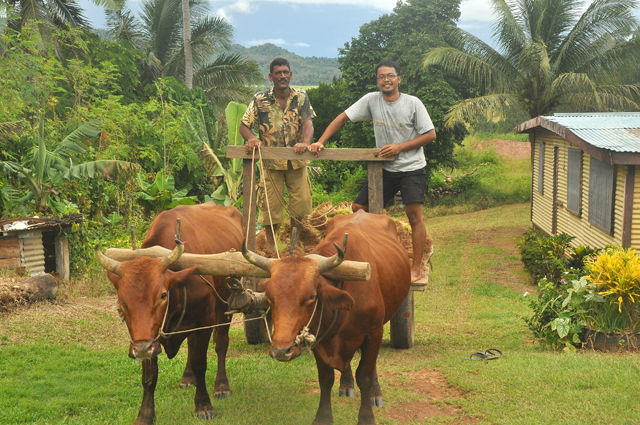
Riding on the tamtam with Nana (‘Lolo’) Barabhabuon
It was already about five in the afternoon but I had told my host father that I would be home by around one so I told them I have to leave because it was getting dark. I often get scolded for coming home late. But I always have my good reasons. ‘Khub ghar ghar ghume?’ my host mother exclaimed. She told me that I’d been roaming around the village the whole day. So I just put on my best smile and greeted them. I lived with an Indo-Fijian family, Uncle Bhola and Auntie Mary, for almost five months.
A Church Grows in the Vast SteppesBy Bishop Wenceslao S. Padilla CICM
Arriving when the Republic of Mongolia had just been liberated from the grip of Soviet Russia, the country was on its first faltering steps to stand on its own. The newly constituted government was trying to address the various problems and needs of the country and the people. It was somewhat chaotic in the public places as a hunger strike was being staged in front of the Parliament/Presidential building asking for the stepping down of the then Prime Minister. The one leading the demonstration was a fearless and committed advocate of democracy, now President of Mongolia, Mr Tsakhiagiin Elbegdorj. |
'My Life Changed for the Better'By Anne Gubuan
Jerry was driving his passenger along the busy streets of Ozamiz City. His son was also seated beside the foreigner. The man was so amused at his son, talking to him in straight English. Jerry didn’t mind the heat of the sun and the strain in his legs from pedaling. He was so full of pride over the fact that his son was talking to the foreigner, amusing him with his intelligence. It is in his six children that Jerry’s hope comes alive. |
 |
 |
|
|
|
The Palm Branch and the Lily
By Hannah Carter
A young Filipino martyred in Guam in 1672 when he was maybe 17, Blessed Pedro Calungsod, who is shown in portraits holding the palm of martyrs, and a young woman of Mohawk-Algonquin parentage born in 1656 in what is now New York State, Blessed Kateri Tekakwitha, known as the Lily of the Mohawks, who died in 1680 in what was then New France, now part of Canada, will be canonized together by Pope Benedict XVI on 21 October. The author, an American with close family ties to the Philippines, sees the connections between their lives and with that of her teenage son.
We have great cause for joy in the canonization of the teenage martyr Blessed Pedro Calungsod on 21 October. His devotion, courage and zeal to share his faith as a catechist are a shining and attractive example for all of us. St Pedro’s youth makes his story all the more poignant. Our teens are blessed to have such a model as they strive to live the Catholic Faith in a secular world, often hostile to the message of the gospel. I am the mother of an older adolescent and I have witnessed my son’s struggles, surrounded by these negative influences. It is hard to be a young person in today’s world, although the grace of Our Lord always suffices.

Remembering Ate Bem
By Churchill G. Aguilar
This article first appeared in the Sun*Star, Cagayan de Oro City, on 17 July. It is slightly edited here. The author was in the Columban College Formation Program in his college days, when he studied at the University of San Carlos, Cebu City.
Editor’s note for non-Filipinos: ‘Ate’(AHteh) is a Tagalog term of affectionate respect for an older sister or for a woman to whom you relate as to an older sister.
In her illness, I saw strength: a paradox I witnessed in the life of my eldest sister, Ate Bem.
At age six, Ate Bem was diagnosed with rheumatic heart disease. Since then, the hospital had been her second home, yet it never took the smile off her face.
Ate Bem was very determined to live a normal life. Even with her absences from school, she always managed to be an honor student. She never made her illness an excuse to escape from her responsibilities as the big sister to her five siblings.

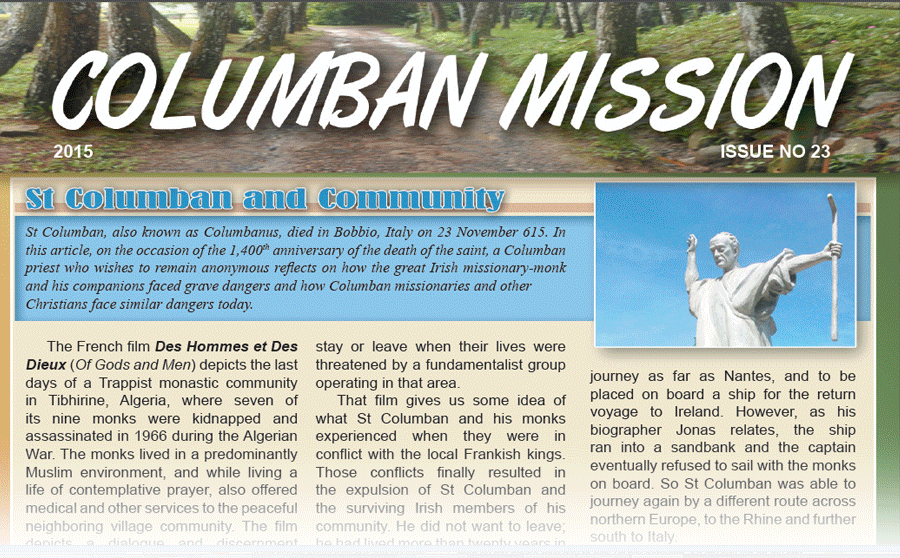

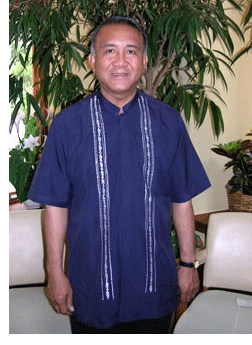 On 10 July 1992 a Church was born in the steppes of Central Asia. This happened when three missionaries of the Congregation of the Immaculate Heart of Mary (CICM) set foot on Mongolian soil. It felt like it was an adventure for the three male religious to spearhead a mission where the Church had no physical structures or members to call her own. From the start, to establish a Church from scratch was a scary endeavor, full of challenges and excitement as well.
On 10 July 1992 a Church was born in the steppes of Central Asia. This happened when three missionaries of the Congregation of the Immaculate Heart of Mary (CICM) set foot on Mongolian soil. It felt like it was an adventure for the three male religious to spearhead a mission where the Church had no physical structures or members to call her own. From the start, to establish a Church from scratch was a scary endeavor, full of challenges and excitement as well.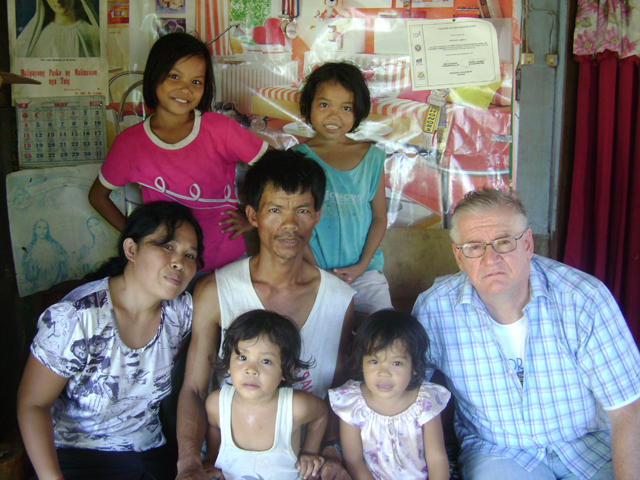

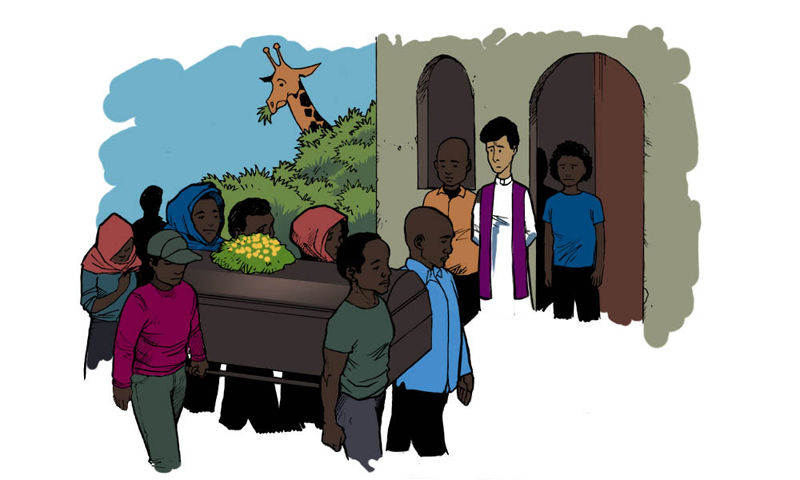 The marriage ceremony was set for 10:00 AM. By 12:30 PM a procession was in sight. ‘Here they are; prepare!’ I alerted the altar boys but the excitement died abruptly when, to our surprise, behind the choir we saw a coffin. It was a group of Methodists on their way to the cemetery to bury one of their members. Sympathy and laughter were quite hard to combine. Finally at 3:30 PM the bride and the groom came. And that was my first and last time to officiate at a wedding ceremony in Asesewa, Ghana. Not until did I know I could be that patient.
The marriage ceremony was set for 10:00 AM. By 12:30 PM a procession was in sight. ‘Here they are; prepare!’ I alerted the altar boys but the excitement died abruptly when, to our surprise, behind the choir we saw a coffin. It was a group of Methodists on their way to the cemetery to bury one of their members. Sympathy and laughter were quite hard to combine. Finally at 3:30 PM the bride and the groom came. And that was my first and last time to officiate at a wedding ceremony in Asesewa, Ghana. Not until did I know I could be that patient. Brutus and Castro are our two German Shepherd dogs in Asesewa, though not purebred. One night I heard Brutus barking wildly, kicking its house and feeding trough with such noise that he was obviously misbehaving. The following morning, I asked Georgina, our cook, what had happened last night and giggling she answered, ‘I gave him only a little food’. Then I remembered that the dog food had run out a few days earlier and the next consignment was still to come.
Brutus and Castro are our two German Shepherd dogs in Asesewa, though not purebred. One night I heard Brutus barking wildly, kicking its house and feeding trough with such noise that he was obviously misbehaving. The following morning, I asked Georgina, our cook, what had happened last night and giggling she answered, ‘I gave him only a little food’. Then I remembered that the dog food had run out a few days earlier and the next consignment was still to come.